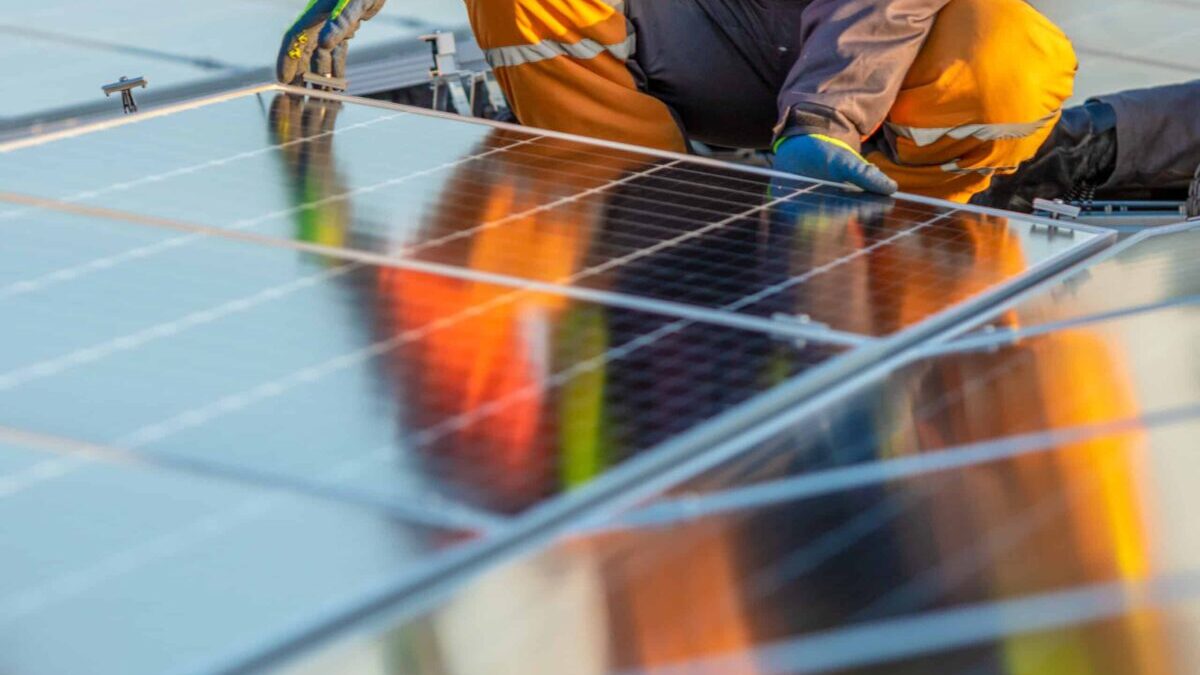Small-scale rooftop solar deployment enjoyed a decuple increase in the United States in the past ten years, according to a new report released by Environment America Research & Policy Center and Frontier Group.
This notable growth is highly due to the US government’s supportive state and federal policies for rooftop solar installation.
Residential rooftop solar growth
As per the “Rooftop Solar on the Rise” report, residential rooftop solar generation reached sufficient capacity to support 5.7 million households in 2022. Impressively, it accounted for 64% of all electricity generation from small-scale solar installations in the country in the same year.
Rooftop solar apparently has the potential to account for 45% of the electricity mix in the US. In 2022, it already reached a 1.5% share and it continues to expand up until now.
“Despite this rapid growth, we’ve barely scratched the surface on America’s immense potential to generate clean energy on our rooftops. America could produce the equivalent of 45% of the electricity we currently use from rooftop solar, yet, in 2022, rooftop solar provided only 1.5% of America’s electricity.”
Rooftop solar on the rise report
Leading states in residential rooftop solar industry
The report also outlined the top five US states in rooftop solar electricity generation in 2022, including California, Arizona, New York, Massachusetts, and New Jersey.
It is worth noting that four of these states have their own pro-solar policies, except California (which used to have one). Nonetheless, California currently leads the industry in terms of rooftop solar installation.
However, the recent changes in its disastrous net metering policy reduced 50% of the compensation value of new rooftop solar system installations. It apparently hurt subsequent sales, stimulated huge job losses, and shut down rooftop solar companies. All these consequences risk California’s long-term climate targets.
In fact, the Solar Energy Industries Association (SEIA) has moved California’s spot from first to second in its 5-year growth forecast and ranking. It predicts the state’s residential solar industry to decline by 40% this year.
“Earlier this month, the Commission approved rules that do not allow schools, farms, and small businesses to fully benefit from their onsite solar generation, and just this week, it disallowed solar and storage customers from using the excess energy they generate to offset utility delivery charges. This change extends the payback period for solar and storage customers far beyond what the CPUC used to justify the new net billing structure, and it weakens the grid by disincentivizing energy storage additions. The result of these decisions is that California’s residential solar market is expected to decline by 40% next year, and the state’s commercial rooftop sector is expected to decline by 25% from 2024 to 2025.”
Abigail Ross Hopper, SEIA President and CEO
State and federal policies’ role
The Environment America Research & Policy Center and Frontier Group’s researchers also found that supportive state and federal policies had a significant role in the rooftop solar installation’s rapid growth in the US.
In return, the growing prevalence of this sustainable energy generation from solar substantially lowered energy costs. It also alleviated the pressure on the electric grid and improved energy resilience during unexpected circumstances.
Therefore, statewide policies on relevant matters such as solar incentives, permitting, rate designs, and interconnection policies would be crucial to maintain this growth trend.
All that said, the report urges the US to accelerate policy adoption to eliminate red tape and rev up installations. In addition, state and local governments must streamline the process of selling excess battery storage energy back to the electric grid and launch more accessible buying/leasing options.
Moreover, it recommends the promotion of the 30% federal tax credit for rooftop solar installation under the Inflation Reduction Act, apart from other available tax credits and rebates.

